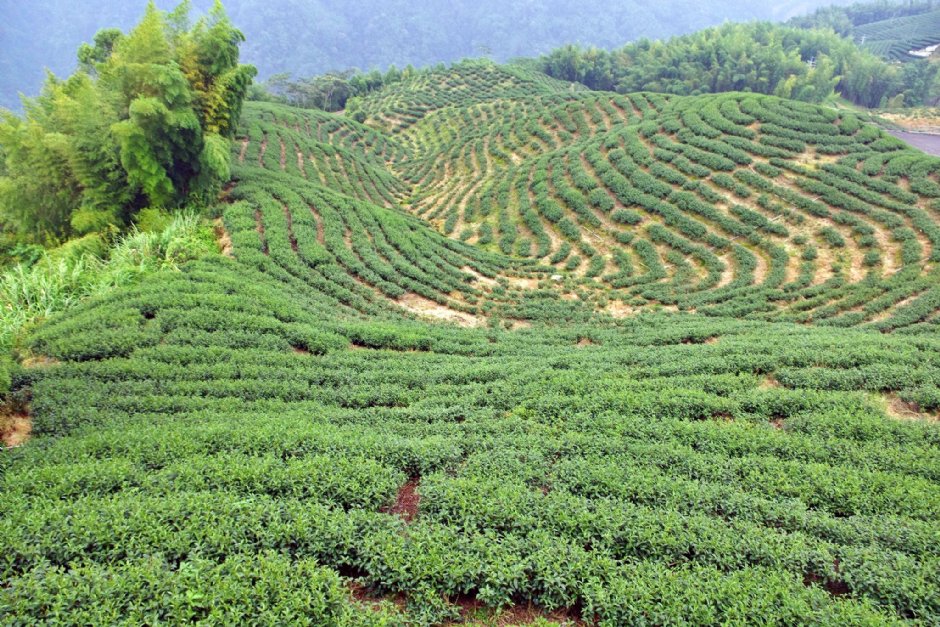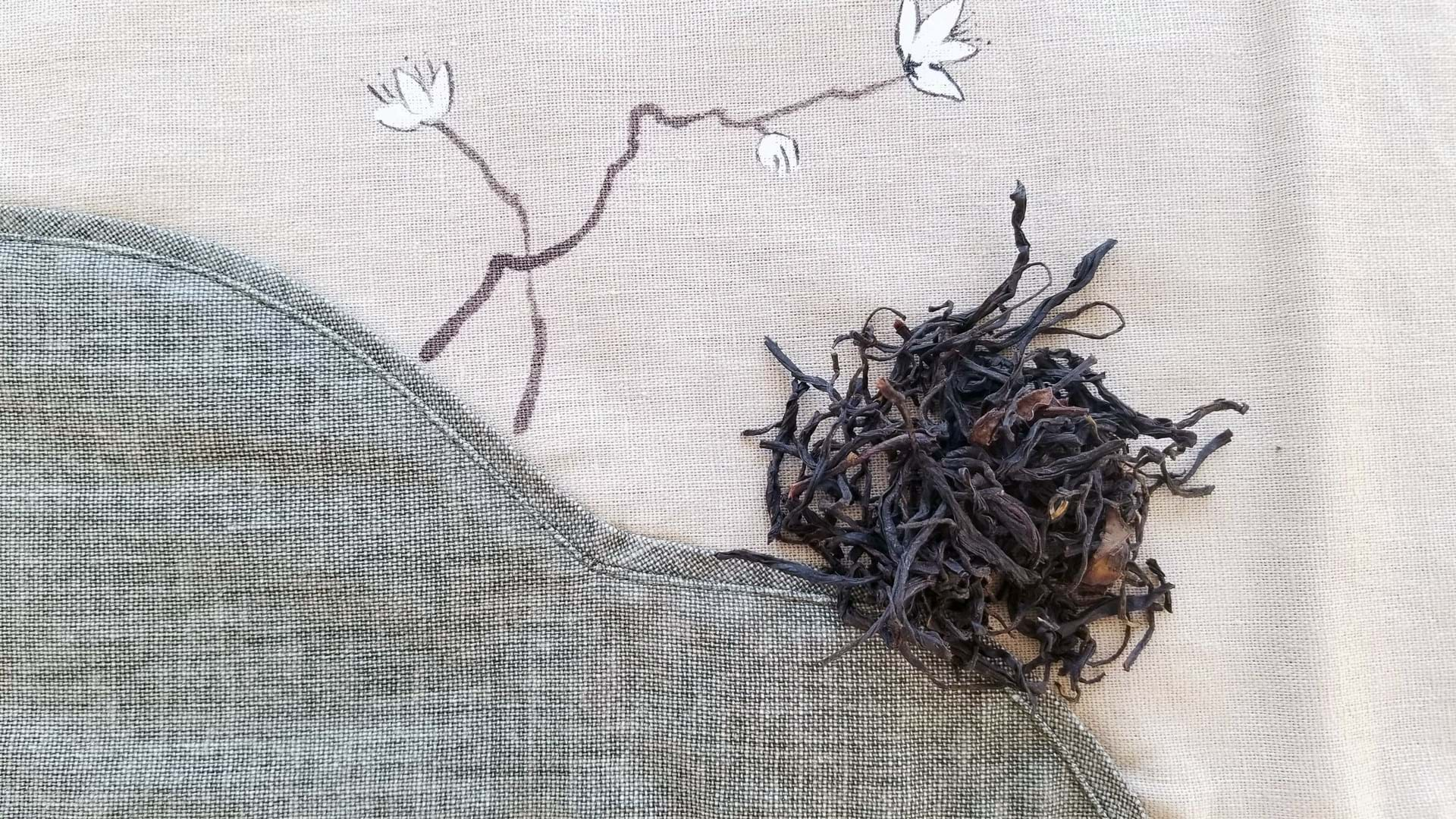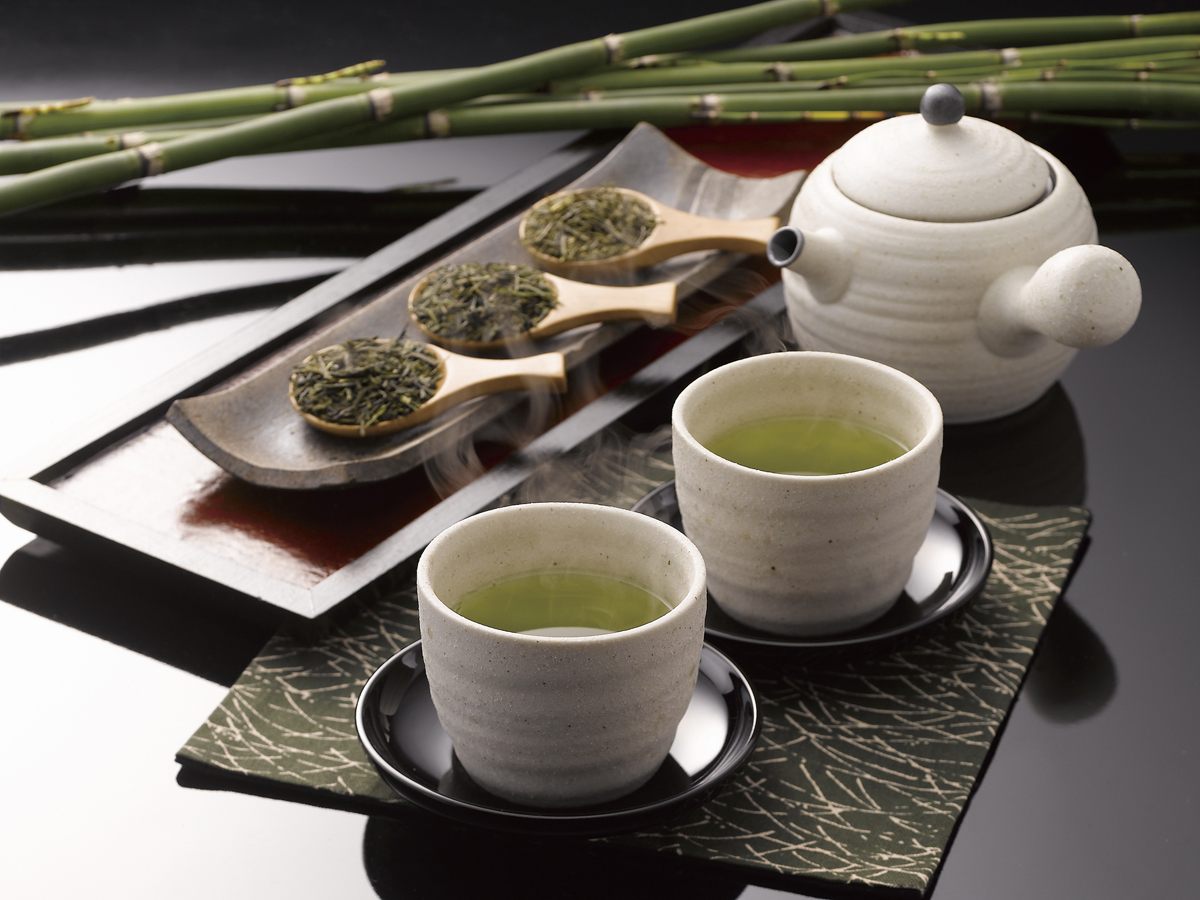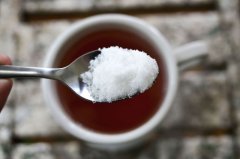Dongding Oolong Tea Origin | Taiwan Tea Development History and Origin Story Assam No.8 Black Tea Variety Flavor
If you have been drinking tea for some time, you may already know that Taiwan is famous for its excellent oolong tea. Their alpine oolong is of extraordinary quality, their oriental beauty is magical, they all feel happy after tasting their Wenshan bag, and Dongding Oolong Tea who has tasted them all feel cured.
Over the past century, Taiwan has actually put a lot of work into improving their black tea game. This month's tea party will explore their black tea.
From 1895 to 1945, Taiwan was basically occupied by Japan. At that time, the Japanese wanted to develop the black tea industry in Taiwan for two reasons: one was to reduce the competition between Taiwan green tea and Japanese green tea, and the other was to increase the output of exported tea (mainly black tea).

After a period of trial and error with imported Chinese tea varieties, the Japanese colonial government (through the Black Tea Institute they established) began to try to grow and produce black tea with seeds they imported from the northeastern Indian state of Assam.
These Assam plants grow very well in Taiwan (Nantou County). This kind of tea, known as "East Sun Black Tea" (East Sun Black Tea), is very popular.
During the Japanese colonial period, wild tea trees in Taiwan were also "rediscovered", and some black tea was made from these plants. This kind of tea is called "Taiwan Camellia". The quantity of this kind of tea is small, so it was not really put into commercial production until recently.
In 1945, the Japanese colonial government was expelled, but the Tea Institute, now known as TRES (Tea Research and Promotion Station) continued their work to develop black tea (and other types).
Their early works are Assam # 8 and Ruby # before the age of 18 basically the Taiwanese version of Assamica, the latter is very famous for mixing native Taiwan wild tea trees I mentioned earlier, an Assamica plant from Myanmar or Yunnan (lack of historical literature).
I mentioned these two kinds of tea because they are very famous Taiwan black tea, and Assam 8 is one of the island teas.

This month, we will launch two new Taiwan black teas: 2020 Organic Golden Egret 17 and 2020 Green Heart Honey Black Tea, plus a small amount of 2020 Assam 8 tea to complete this dialogue.
2020 Organic Golden Egret 17 comes from TRES # 17, a variety developed by TRES in 1983 for black tea, green tea and Oriental Meilong tea.
It is also known as egret 17. Tea itself is a kind of full-leaf (not broken) black tea with rich taste. I find it particularly smooth and satisfactory.
It has a honey flavor, which is called "honey fragrance" by growers in Taiwan, which is most prominent in Oriental Mei Oolong tea. It is not as flashy as the Green Heart, but I find that its lack of "freshness" has been made up for in terms of smooth body and comfortable drinking.
The green heart honey black tea in 2020 is made from Qingxin, which was brought to Taiwan by the Japanese colonial government in the early days of the occupation of Taiwan (around 1895). This variety, native to China, is mainly used in high-altitude oolong tea.
It is a very picky plant and is difficult to grow, so tea made from green heart is often more expensive. I think you may taste the oolong tea expression of this tea. It's really beautiful, bright and lively. This is definitely "honey-scented" tea.
2020 Taiwan Assam No. 8 tastes mellow, with Assam's molasses and cereal flavor, but the taste is smoother and less astringent. This is a kind of tea we have all the year round, but I'd like to give you some because you have a month to explore Taiwan black tea.
For all these teas, whether western / large teapot soaking or kung fu soaking is good. Most people generally make western black tea because they like to drink a lot of black tea in the morning and do not pay enough attention to Kungfu Tea at 7 o'clock in the morning.

If you brew these teas by brewing Kungfu Tea, they are actually very flexible. They can be soaked quickly, starting for about 25 seconds, followed by an increase in soaking time, or even a minute for the first time.
In addition to the most basic guidelines for making tea, it is actually the same as brewing coffee. As long as you like the taste of that cup of tea, it is a good cup of tea.
Important Notice :
前街咖啡 FrontStreet Coffee has moved to new addredd:
FrontStreet Coffee Address: 315,Donghua East Road,GuangZhou
Tel:020 38364473
- Prev

How many calories are there in a cup of tea? the benefits and effects of drinking tea and tea to lose weight and lose weight
Tea contains nothing, only a small amount, but not zero calories. A cup of brewed black tea (200,250ml) has about 2 calories (according to the USDA Nutrition Database), which is nothing compared to the recommended daily intake of 2000 calories for adults. Calories mainly come from trace amounts of carbohydrates in tea. The same is true of most herbal tea. Sugar meeting
- Next

How to correctly pick tea in the process of Sri Lankan black tea manor-what is three leaves\ two leaves with one heart?
Picking tea is the most important process in making black tea, and you can't make good black tea if you do it casually. Therefore, there is a fixed tea picking time in the tea garden, late or unauthorized rest will not be able to pick a predetermined area or a predetermined quantity. The rule is the most important. I want to be on the side of tea pickers. The foreman always took a big umbrella and a sickle and looked at others from a higher place, using both hands.
Related
- Beginners will see the "Coffee pull flower" guide!
- What is the difference between ice blog purified milk and ordinary milk coffee?
- Why is the Philippines the largest producer of crops in Liberia?
- For coffee extraction, should the fine powder be retained?
- How does extracted espresso fill pressed powder? How much strength does it take to press the powder?
- How to make jasmine cold extract coffee? Is the jasmine + latte good?
- Will this little toy really make the coffee taste better? How does Lily Drip affect coffee extraction?
- Will the action of slapping the filter cup also affect coffee extraction?
- What's the difference between powder-to-water ratio and powder-to-liquid ratio?
- What is the Ethiopian local species? What does it have to do with Heirloom native species?

